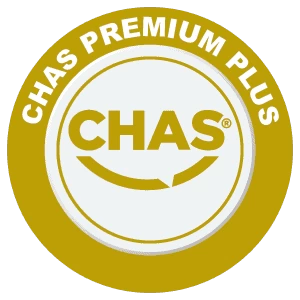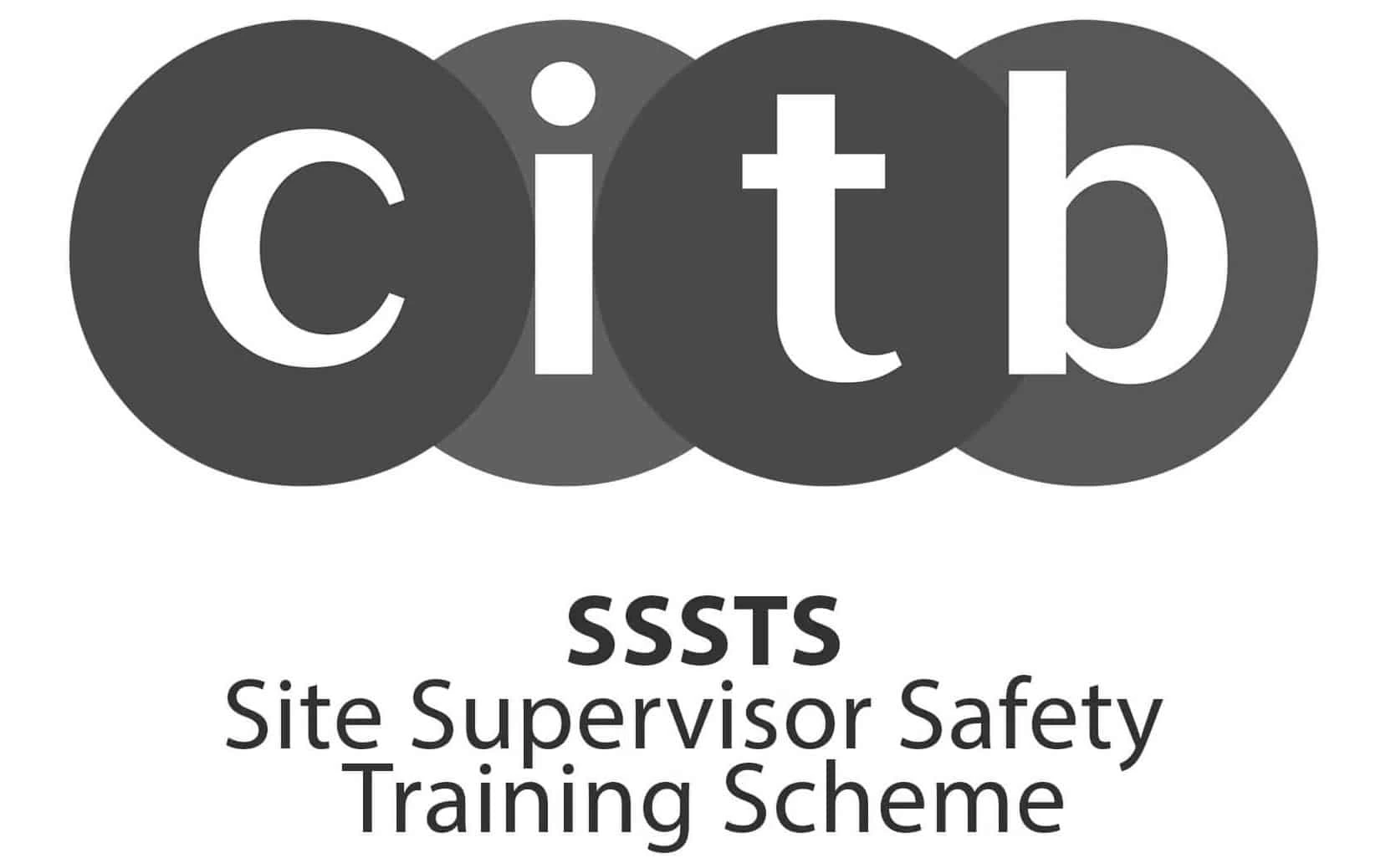For any UK business involved in preparing, manufacturing, or packaging food products, maintaining a clean and hygienic environment is crucial to ensure the safety and quality of the products you serve. Poor hygiene can lead to contamination, foodborne illnesses, and significant legal and reputational risks. Therefore, it’s essential to implement stringent cleaning protocols, educate staff, and consistently monitor hygiene levels.
This article provides a comprehensive guide with actionable steps for maintaining a clean and hygienic environment in the food industry.
What Does the Law Say?
In the UK, food businesses must comply with the following regulations to ensure adequate food safety:
- Food Safety Act 1990: This is the primary legislation governing food safety. It makes it an offence to sell food that is harmful to health or unfit for human consumption.
- Food Hygiene (England) Regulations 2006:These regulations detail the hygiene requirements that food businesses must meet, including the design of food premises, hygiene practices, and training for food handlers.
- EU Regulation 852/2004 on the Hygiene of Foodstuffs: Although the UK has left the EU, this regulation was retained and continues to apply. It sets out the general hygiene requirements for all food businesses, focusing on the need for a Hazard Analysis and Critical Control Point (HACCP) system.
Failure to comply with these regulations can result in severe penalties, including fines, business closure, and even imprisonment.
The Risk of Cross-Contamination
Cross-contamination is one of the most significant risks associated with poor hygiene in food preparation, manufacturing and packaging facilities. It occurs when harmful bacteria, viruses, or other pathogens are transferred from one substance or object to another, leading to contaminated food. It can happen at any stage of food production, from the initial preparation to the final packaging, and can have severe consequences for consumers and businesses. The most common causes of cross-contamination are:
- Raw Foods: Raw meat, poultry, seafood, and eggs are common sources of harmful bacteria. If these foods are not properly stored and processed away from other food products, they can contaminate ready-to-eat items.
- Surfaces and Equipment: Work surfaces, cutting boards, knives, and other kitchen equipment can easily become contaminated or contaminate food products if not cleaned and sanitised correctly between uses.
- Personal Hygiene: Food handlers who do not follow strict hygiene practices, such as regular handwashing, can transfer bacteria and viruses to food products.
Foodborne Illnesses
Foodborne illnesses are infections or irritations of the gastrointestinal tract caused by food that contains harmful bacteria, parasites, viruses, or chemicals (due to cross-contamination). Some of the most common foodborne illnesses include:
- Campylobacter: Campylobacter is one of the leading causes of bacterial food poisoning in the UK and is commonly associated with raw or undercooked poultry. Symptoms include diarrhoea, fever, and stomach cramps.
- Salmonella: Often found in raw poultry, eggs, and unpasteurised milk, Salmonella is a common bacterial disease that affects the intestinal tract and causes symptoms such as diarrhoea, fever, and abdominal cramps.
- E. coli: While some strains of E. coli are beneficial, certain strains are, in fact, harmful and can cause severe food poisoning. E. coli is often linked to undercooked meats and fruits, vegetables, and salads that have been washed in infected water.
- Listeria: Listeria is a bacterial infection most commonly found in ready-to-eat foods like deli meats, soft cheeses, and smoked fish. It can survive refrigeration and even freezing and causes symptoms of diarrhoea, nausea and muscle aches.
Allergies and Intolerances
Cross-contamination not only increases the risk of foodborne illnesses but also poses a significant danger to consumers with food allergies and intolerances. Food allergies occur when the immune system mistakenly identifies a harmless food protein as a threat and triggers an allergic reaction. Common allergens include:
- Cows milk
- Wheat
- Peanuts
- Soy
- Tree Nuts (pecans, macadamias, cashews, pinenuts, pistachios, walnuts, almonds, hazelnuts, and Brazil nuts)
- Shellfish such as crab, lobster, shrimp, crayfish, scallops, and prawns
Unlike allergies, food intolerances do not involve the immune system. They occur when the body cannot properly digest certain substances in food, such as:
- Lactose: The sugar in dairy.
- Histamine: A naturally occurring chemical found in foods like chocolate, cheese, and red wine.
- Gluten: The protein in wheat, rye, and barley.
- Sulphites: A common preservative in wines, dried fruits, and preserves.
Cross-contamination with allergens can occur if there is insufficient segregation of allergenic and non-allergenic foods or if equipment is not thoroughly cleaned between uses.
Food Hygiene Best Practices
1: Educate Your Employees
The first step to effective hygiene practices in any food manufacturing environment is employee education. Without proper knowledge, employees may unknowingly engage in practices that compromise food safety. Moreover, educated staff are more likely to understand the importance of cleanliness, adhere to hygiene protocols, and recognise potential hazards.
To effectively educate your employees, you must provide comprehensive training that outlines food safety principles, the importance of cleanliness and personal hygiene, and the risks associated with poor practices. To bolster your efforts and reinforce good hygiene practices, add visual aids and reminders, such as posters and signs, in key areas.
2: Follow a Cleaning Schedule and Have a Checklist
A structured cleaning schedule ensures that all facility areas are regularly and thoroughly cleaned, while a checklist provides a systematic approach and helps prevent any tasks from being overlooked.
First, develop a schedule that outlines what needs cleaning, how often, and who is responsible. This schedule should include daily, weekly, and monthly tasks for specific staff members. Next, implement a checklist that employees can tick off as they complete each task. This ensures that nothing gets missed and provides a record of cleaning activities.
3: Encourage Sufficient Personal Hygiene Practices
Proper hand hygiene is one of the most effective ways to prevent the spread of harmful bacteria and viruses. Hands can easily transfer contaminants to and from food, surfaces, and equipment, leading to cross-contamination and foodborne illnesses.
To ensure employees are washing their hands, you must enforce a strict handwashing policy that compels them to wash their hands before starting work, after using the toilet, after handling raw food, and after handling waste. To make it straightforward for your employees, install adequate handwashing stations in convenient locations, ensure they are well-stocked with soap, disposable towels, or hand dryers, and have clear instructions on proper handwashing techniques.
4: Provide Proper PPE
Personal protective equipment (PPE) such as gloves, hairnets, and beard nets are essential in preventing contamination from employees to the food. PPE acts as a barrier, reducing the risk of hair, sweat, or skin particles coming into contact with food. When necessary, provide employees with high-quality, properly fitting PPE, including hairnets, beard nets, gloves, aprons, and appropriate footwear, and educate them on correctly wearing, using, and disposing of PPE. For instance, gloves should be changed regularly and not be worn for extended periods.
5: Use the Correct Cleaning Equipment and Solutions
Not all cleaning products are suitable for food preparation areas. Using the wrong products can leave harmful residues that contaminate food and leave behind residues that promote bacterial growth and compromise food safety.
Select appropriate cleaning tools for the job, such as colour-coded cloths for different areas (e.g., red for raw meat areas, green for food prep surfaces), and ensure they are regularly cleaned and replaced. It’s also important to choose cleaning products that are specifically designed for food businesses. These should be effective against a wide range of pathogens and safe for use in food preparation areas.
7: Carry Out Regular Inspections
Conduct routine and random inspections of the premises to ensure the cleaning schedule and adequate hygiene levels are followed. Use an inspection checklist covering all food business areas, including kitchen surfaces, storage areas, and waste disposal zones. Remember to keep detailed records of inspection findings, including any areas of concern, corrective actions taken, and follow-up inspections.
8. Enlist the Help of a Professional Cleaning Contractor for Deep Cleans
While daily cleaning routines are essential, professional deep cleaning is necessary to reach areas that regular cleaning might miss. Arrange for professional deep cleans to be conducted regularly, such as monthly or quarterly, depending on the nature of the business and the volume of food being prepared.
Maintaining a clean and hygienic environment in the food industry is essential for ensuring food safety, protecting customer health, and upholding the business’s reputation. By educating employees, enforcing personal hygiene practices, and implementing proper cleaning, you can significantly reduce the risk of contamination and foodborne illnesses in your facility.
Are you looking for reliable food factory cleaning services? We can help. With over 26 years of experience in the industry, we have the skills and know-how to help you achieve great results. Explore our services or request a quote.

















